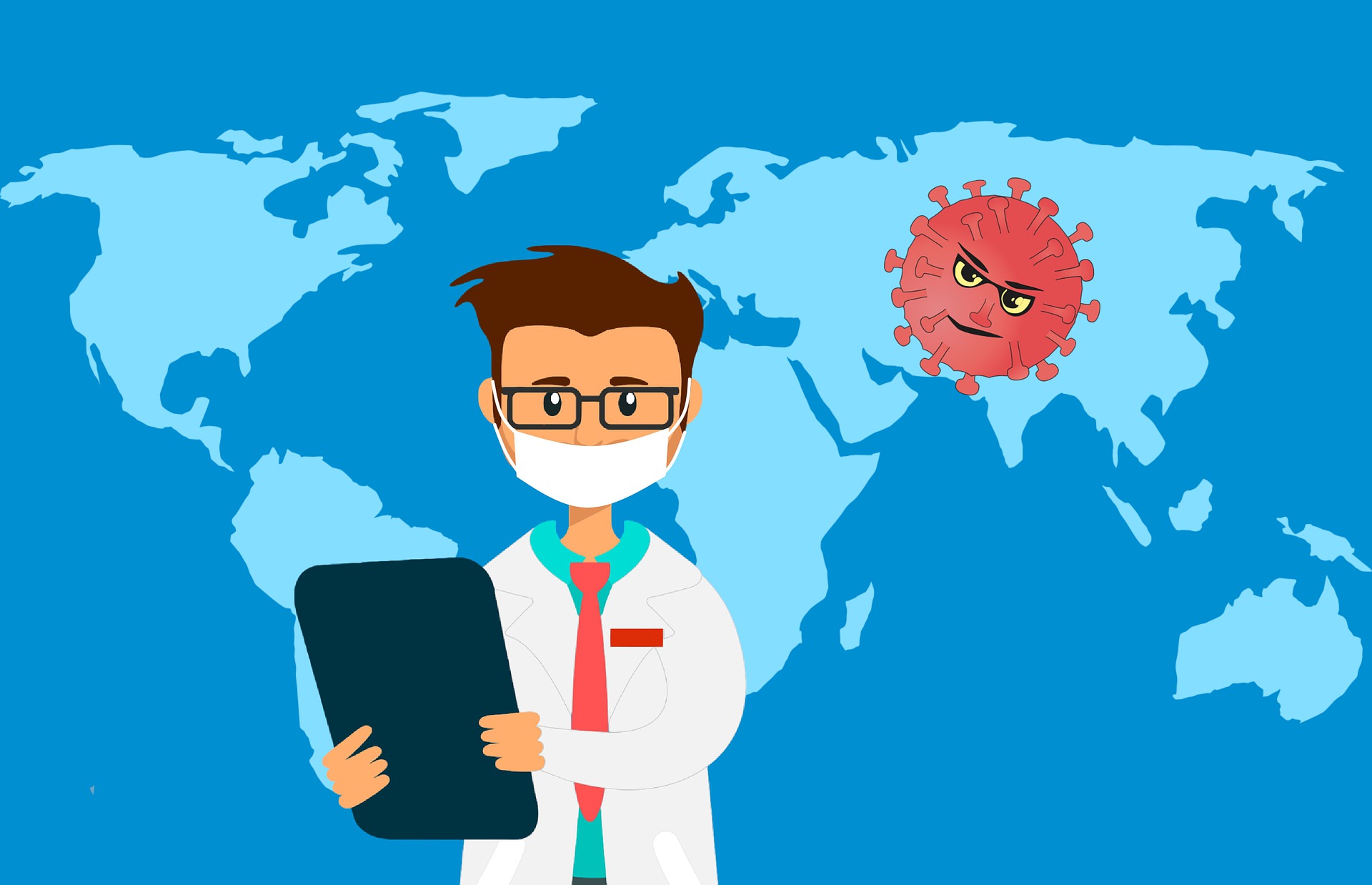
Public health is a science that involves protecting the health of humans, focusing on the prevention of illness and injury. One of the main purposes of public health is to educate the public about health and wellness, teaching people about healthy behaviors and encouraging them to implement these habits in their daily lives. If you are interested in health and you want to help people, working in public health might be a good career option for you.
Public Health and the CDC
Public health pertains to both small and large groups of people, from local communities to national and global health concerns. The Centers for Disease Control and Prevention are the main public health authorities in the United States. The CDC works to protect the health of Americans, striving to save lives and teach people how to be healthier. When diseases are a threat, the CDC works to keep Americans safe. The CDC also teaches about common causes of death such as cancer and heart disease to help people make health-conscious decisions. When necessary, the CDC also works nationally and globally to keep Americans safe from threats to their health.
History of Public Health
Over the past several centuries, scientists have learned a lot about how to control and prevent diseases. As this knowledge has expanded, public health has evolved. Centuries ago, when scientists and doctors had limited knowledge about diseases, people accepted the fact that disease was unavoidable. Most people did little to prevent themselves from getting sick because they didn’t know how; they just expected to catch diseases. Epidemics were common, and plagues were dreaded. Sometimes, people tried to contain the spread of disease by quarantining travelers and isolating those who were sick. Gradually, people began learning that measures such as quarantines made it possible to contain some contagious diseases.
During the 19th century, the first connections between cleanliness and health were made. Sanitation had a huge impact on health, and people began using cleaning methods to help prevent disease. Often, those living in poorer areas were the ones who got sick the most because these people lived in crowded and unsanitary conditions. They just couldn’t keep their skin clean, and their food sources were often contaminated. Those with money didn’t have to live in squalor; they could afford to live outside of the city limits on country estates. The discovery of the connection between health and things like waste disposal and clean water supplies was instrumental in important changes in how society dealt with these sanitation issues. With this new understanding, it became possible to control diseases and keep people from getting sick.
The invention of immunizations was another huge milestone in the history of public health. Louis Pasteur was a chemist in France who developed an immunization against anthrax in 1884. The process of identifying the causes of diseases and then creating vaccines to prevent these diseases enabled scientists to help keep people from getting sick rather than just focusing on creating remedies for those who were already ill.
Careers in Public Health
Anyone who wants to help others and society as a whole might be a good match for a career in public health. While doctors and nurses focus on the health of individuals, those working in public health strive to improve the health of groups of people through education and by improving living conditions and environments. Working in public health can focus on health education, behavioral science, infectious disease, occupational health, epidemiology, global health, and more. After completing a program of study and earning a degree, a graduate can go on to work as an educator, coordinator, scientist, or manager in the private, public, or nonprofit sectors. Essential services may include identifying health hazards, educating communities, mobilizing solutions to address problems, developing new health policies, enforcing regulations, and connecting various groups to ensure that health needs are met.
- What Is Public Health?
- Overview of Public Health
- What Is the Definition of Public Health?
- Public Health Definition
- What Is Public Health?
- Public Health 101
- What Is Public Health, and Why Is it Important?
- Ten Noteworthy Recent Public Health Achievements
- History of the Public Health System
- A Brief History of Public Health
- Public Health History
- Explore Public Health Careers
- Public Health Degrees and Careers: How to Work in Public Health
- What Can You Do With a Public Health Degree?
- Why Consider a Career in Public Health?
- “So Much for So Little”: Oscar-Winning Short on Public Health

